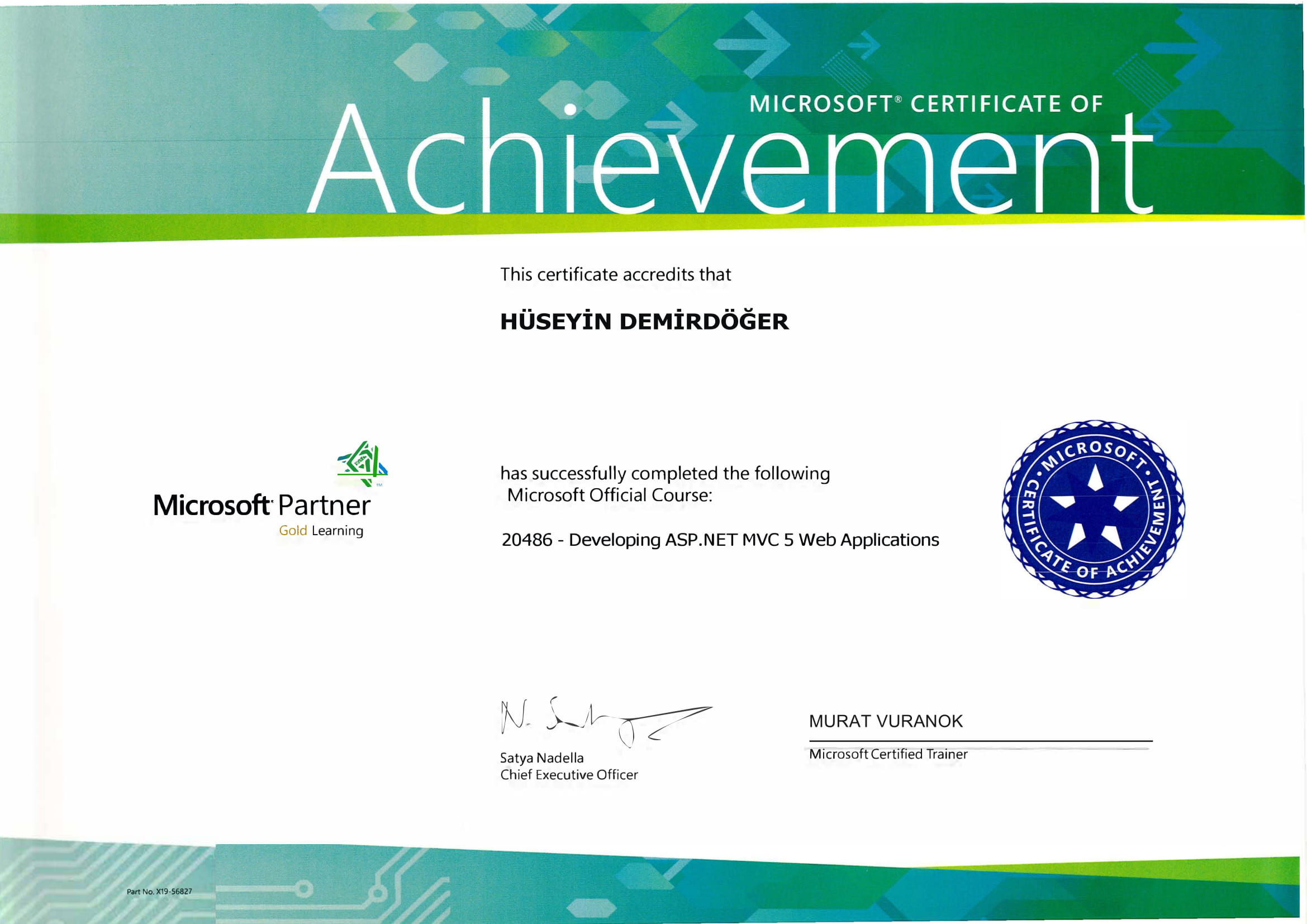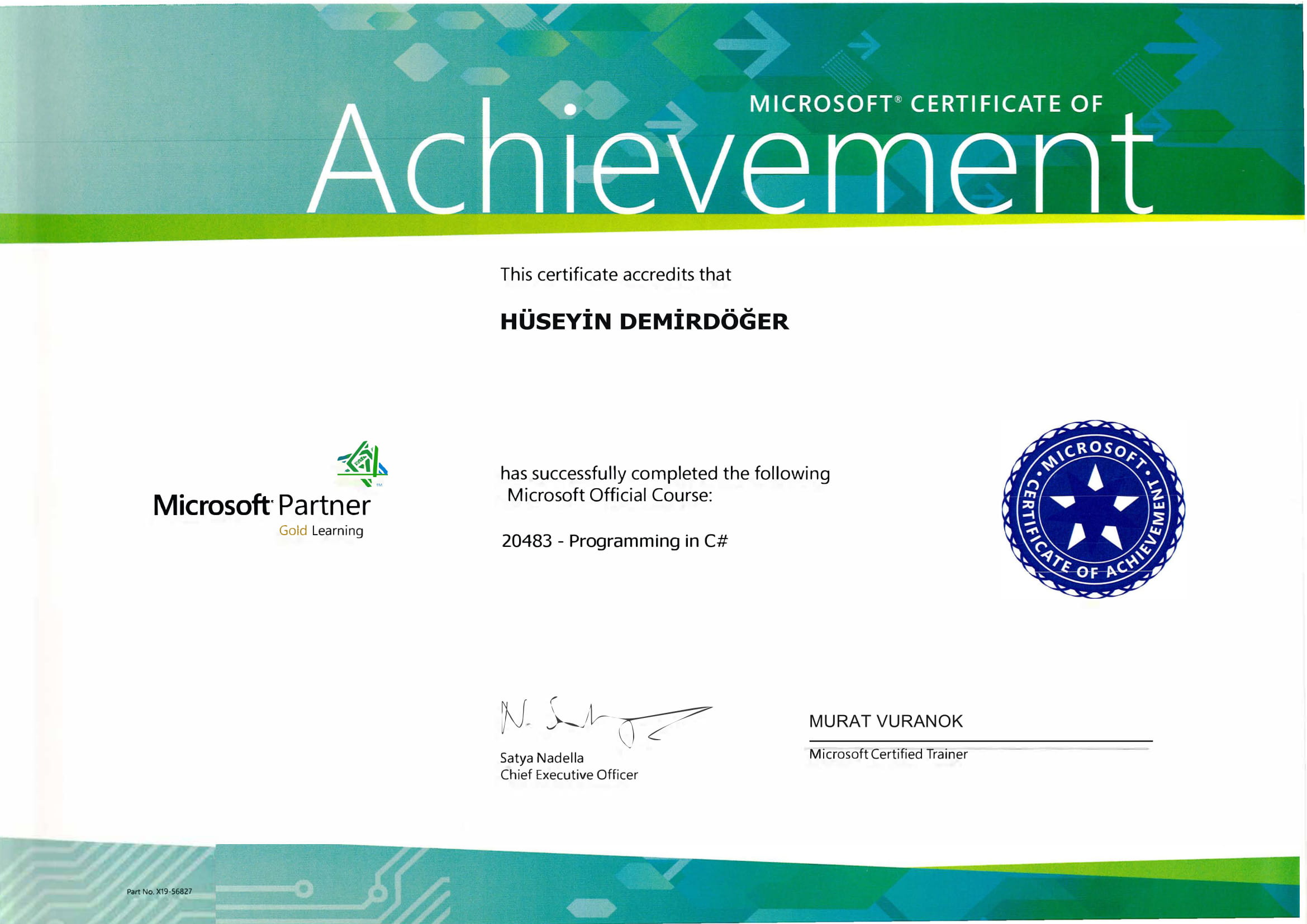Encountering a Windows error code like 0xc000000e can be quite unsettling, especially if it prevents your computer from booting properly or causes startup failures. This error typically indicates a problem with the boot configuration. Understanding its implications and how to address it can turn what seems like a daunting issue into a manageable task. So, let's explore a step-by-step guide to resolve this error and provide your system with a fresh breath of recovery.
Understanding Error Code 0xc000000e
This error often occurs when your computer's boot configuration data is corrupted, missing, or configured incorrectly. This could be due to recent hardware changes, a misconfigured bootloader file, or issues with your hard drive. Although it might seem complex, addressing it doesn't require advanced technical skills.
Common Causes:
- Corrupted or missed boot configuration data.
- Incorrect BIOS settings.
- Faulty connection of cables and hardware components.
Step-by-Step Solution to Fix Error Code 0xc000000e
Step 1: Check Physical Connections
Make sure all cables connecting your hard drive to the motherboard and power supply are securely connected. A loose or faulty connection might be the root cause of the boot failure you're experiencing.
Step 2: Use Windows Recovery Environment
- Insert Windows Installation Media: If you don't have the installation media, you might want to create it using another PC.
- Access BIOS Settings: Restart your computer and press the required key to enter BIOS settings (often F2, F12, DELETE, or ESC).
- Boot from Media: Set your USB or disc as the primary boot option.
- Select Repair Your Computer: Navigate to
Troubleshoot>Advanced Options>Command Prompt.
Step 3: Rebuild Boot Configuration Data
Once you're in the command line interface, type the following commands:
bootrec /scanos: This command scans for Windows installations.bootrec /rebuildbcd: It adds any found Windows installations to the boot configuration store.bootrec /fixmbr: Repairs the Master Boot Record.bootrec /fixboot: Writes a new boot sector onto the system partition.
Following each command, press Enter and allow each process to complete before proceeding to the next one.
Step 4: Ensure Correct Boot Order in BIOS
Verify that your hard drive is listed as the first boot device in the BIOS setup.
Additional Steps if Error Persists
If the above methods haven't resolved the issue, you may need to consider a few more in-depth solutions:
- Hard Shutdown: Sometimes, a simple reset can clear temporary glitches.
- Check Disk for Errors: Use the command
chkdsk /fto diagnose and fix disk errors.
It's also worthwhile to explore similar error resolutions, especially if you're facing other Windows-related issues. For instance, if you've experienced the Windows Error Code 0xc0000135 involving application failures, this guide could be valuable. Additionally, delve into the process of fixing persistent update failures by reading this article.
What About External Resources?
For those looking to learn more, especially about advanced recovery techniques or software tools, Microsoft’s official support page is a treasure trove of reliable information. External forums, like Tom's Hardware, provide community-driven insights that could offer unique solutions from experienced users.
The approach you decide to take can vary based on your comfort with software repairs and if you have access to resources like external boot media. What do you think? Have you ever experienced a similar issue, and how did you manage to get past it?
In Closing
Resolving Windows error code 0xc000000e isn't always a straightforward journey, but with patience and these steps, you're well-equipped to tackle it head-on. Ensuring that your boot configuration data is intact and properly managed is crucial, just like paying attention to your BIOS settings and physical connections. Remember, while it might be a technical challenge now, every fix is a learning opportunity that makes you more adept at handling system errors in the future.
For more insights on boot errors, consider checking this relevant guide which extends the discussion to other similar issues. Here's to a smooth and error-free computing experience!


















